Growing cauliflower can be really rewarding, but it’s also a bit tricky if you don’t avoid some common mistakes. Whether you’re new to gardening or have tried growing cauliflower before, understanding what not to do is just as important as knowing the right steps. This article breaks down those common pitfalls and offers clear tips to help you get big, healthy cauliflower heads every time.
What Exactly Is the Cauliflower Growing Season?
Cauliflower is a cool-season vegetable that prefers steady, mild temperatures.
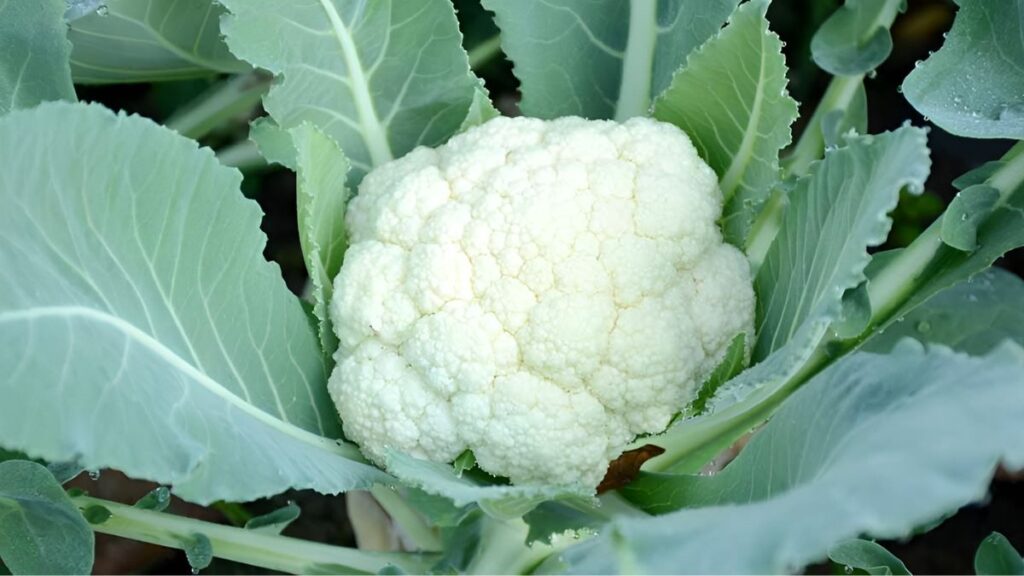
- Ideal temperature range: 60°F to 70°F (15°C to 21°C)
- Best planted in early spring in cooler climates
- In warmer areas, plant in late summer for a fall harvest
If you plant too early, frost might damage your seedlings. Plant too late, and the heat can cause the plant to bolt (flower prematurely), ruining your harvest.
What Is the Problem With Planting at the Wrong Time?
Planting cauliflower too early or too late can cause several problems.
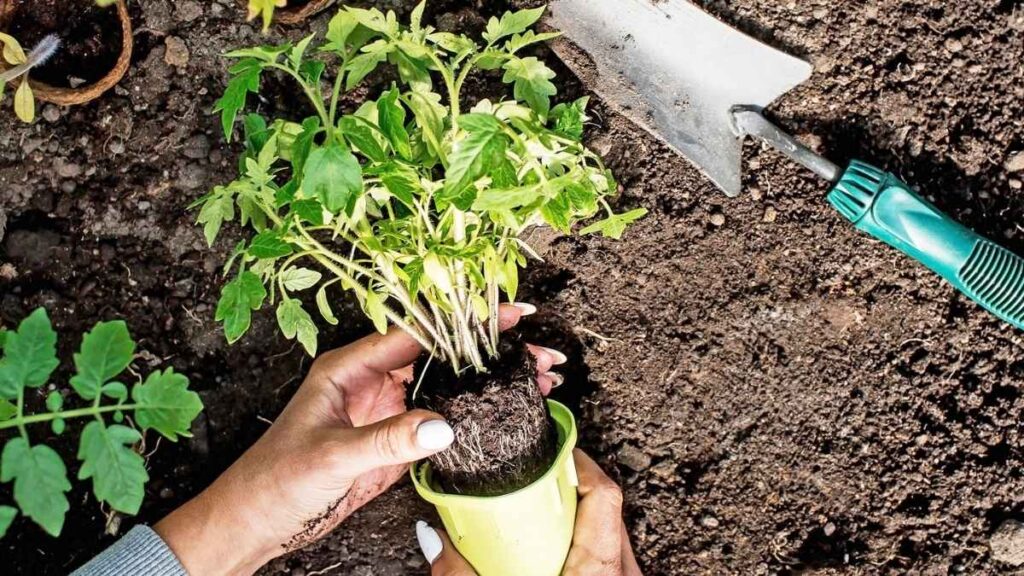
- Bolting due to heat stress
- Weak growth from cold damage
- Increased risk of pests and diseases
To avoid these issues, always:
- Know your region’s last frost date
- Start seeds indoors 4 to 6 weeks before transplanting
- Transplant seedlings when the weather is stable and temperatures are mild
What’s the Deal With Cauliflower Soil Needs?
Cauliflower is picky about soil. It needs:
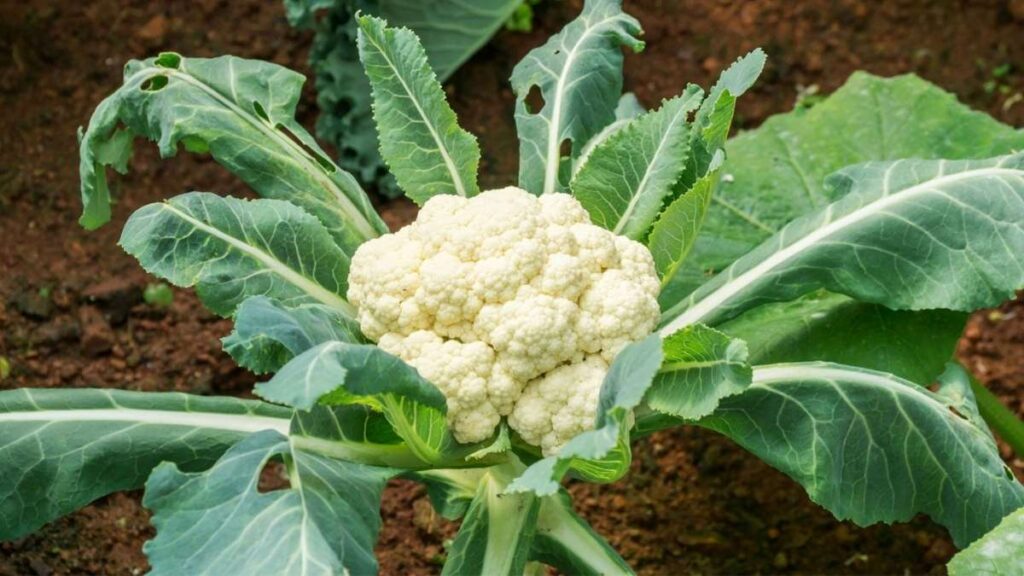
- Rich, well-draining soil with plenty of organic matter
- Soil pH between 6.0 and 7.0 (slightly acidic to neutral)
- Consistent moisture without waterlogging
Poor soil can cause:
- Poor or misshapen heads
- Stunted growth
- Root diseases from soggy conditions
How to improve soil quality:
- Add plenty of compost before planting
- Use mulch to keep moisture steady
- Test soil pH and amend if necessary
How IBR (Irrigation, Blanching, and Routine Care) Makes or Breaks Your Crop
Taking care of cauliflower regularly is key. Here’s how IBR helps:
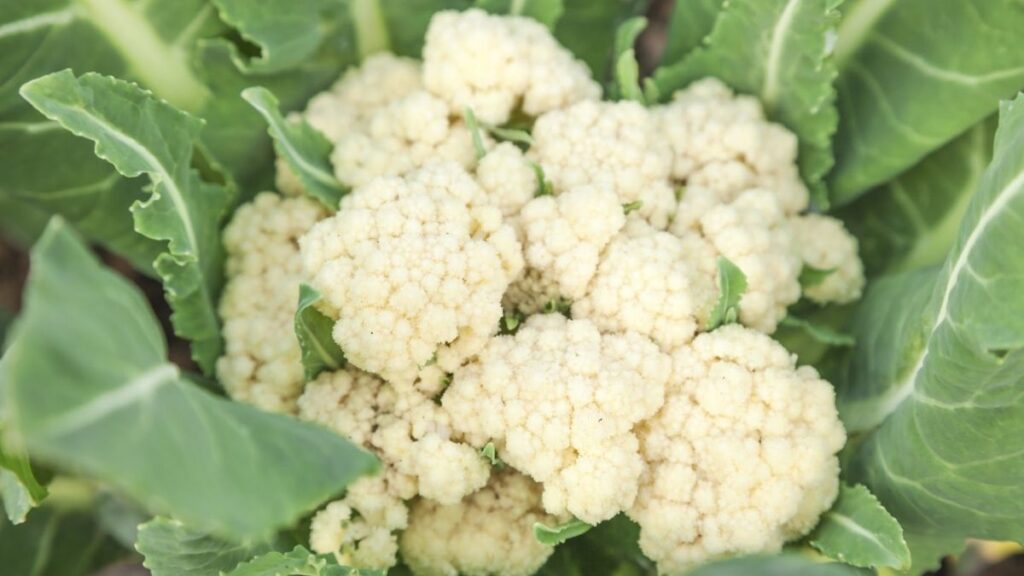
Irrigation:
- Keep soil evenly moist (about 1 to 1.5 inches of water per week)
- Avoid overwatering, which causes root rot
Blanching:
- When heads are 2 to 3 inches wide, tie the outer leaves over the head to protect it from sun
- This keeps the cauliflower white and tender
Routine Care:
- Inspect plants weekly for pests and diseases
- Fertilize every 2 to 3 weeks with a balanced fertilizer
- Remove weeds and keep plants spaced properly
What They Are: The Most Common Mistakes Gardeners Make
Here are the mistakes that trip up most cauliflower growers:
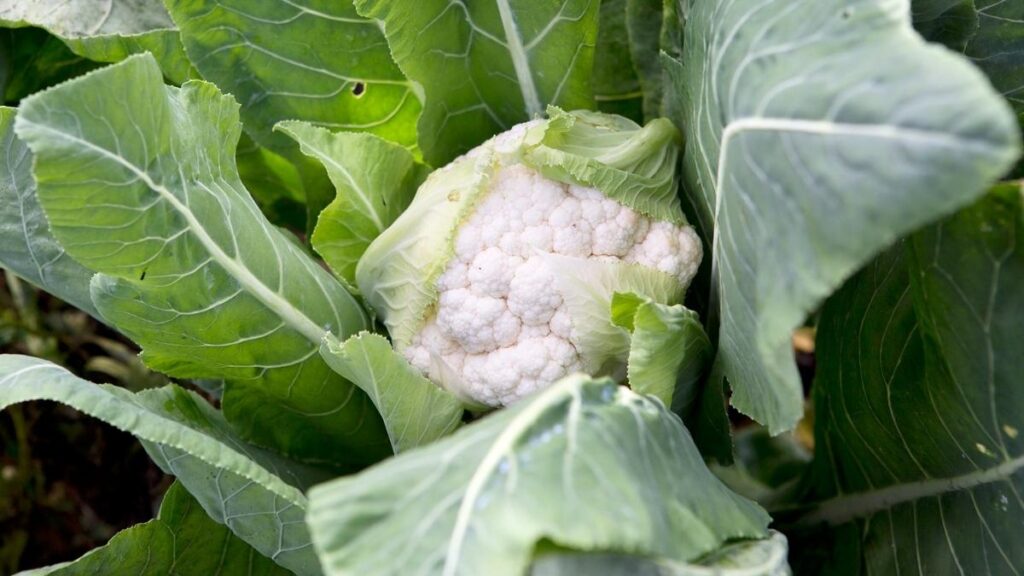
- Planting too early or too late
- Transplanting seedlings without hardening off
- Inconsistent watering
- Skipping blanching
- Ignoring pest control
- Poor soil preparation
These lead to:
- Small, bitter, or discolored heads
- Plants bolting before harvest
- Pest damage or diseases
What Is the Right Way to Harvest Cauliflower?
Knowing when and how to harvest is just as important as growing.
- Heads should be firm and compact
- Typical size: 6 to 8 inches across
- Color should be white and consistent (unless you’re growing colored varieties)
Cut the head off at the base with a sharp knife, leaving some leaves around it if you’re not storing it immediately.
What Is the Best Way to Avoid Pests Naturally?
Avoiding pests is easier than dealing with infestations.
- Use neem oil or insecticidal soap sprays as a preventative
- Cover plants with floating row covers early in the season
- Handpick pests like cabbage worms regularly
- Interplant with pest-repellent plants like marigolds or mint
What Is the Real Reason Cauliflower Doesn’t Form Heads?
Sometimes your cauliflower grows leaves but no heads. Here’s why:
- Too much nitrogen encourages leaf growth but prevents heads
- Stress from heat or inconsistent watering
- Plants too close together, causing competition
- Growing a variety not suited for your climate
Fixes:
- Use balanced fertilizer, not too high in nitrogen
- Maintain proper spacing (18 to 24 inches apart)
- Choose varieties recommended for your area
What Exactly Is the Best Practice for Beginner Gardeners?
If you’re new to cauliflower, follow these simple steps:
- Start seeds indoors 6 weeks before transplanting outdoors
- Prepare rich, well-draining soil with compost
- Harden off seedlings before transplanting
- Don’t skip blanching when heads start forming
- Water consistently and watch for pests weekly
FAQs: Growing Cauliflower – Quick Answers
When should I plant cauliflower?
Plant in early spring or late summer depending on your climate to avoid extreme temperatures.
What causes cauliflower heads to turn yellow or purple?
Sun exposure causes discoloration. Blanching helps keep heads white and tender.
How often should I water cauliflower?
Water about 1 to 1.5 inches per week, keeping the soil moist but not soggy.
Can cauliflower tolerate heat?
No, high temperatures (above 70°F/21°C) can cause cauliflower to bolt or produce poor heads.
How do I protect cauliflower from pests?
Regularly inspect plants, use natural sprays like neem oil, and consider row covers to keep pests away.



